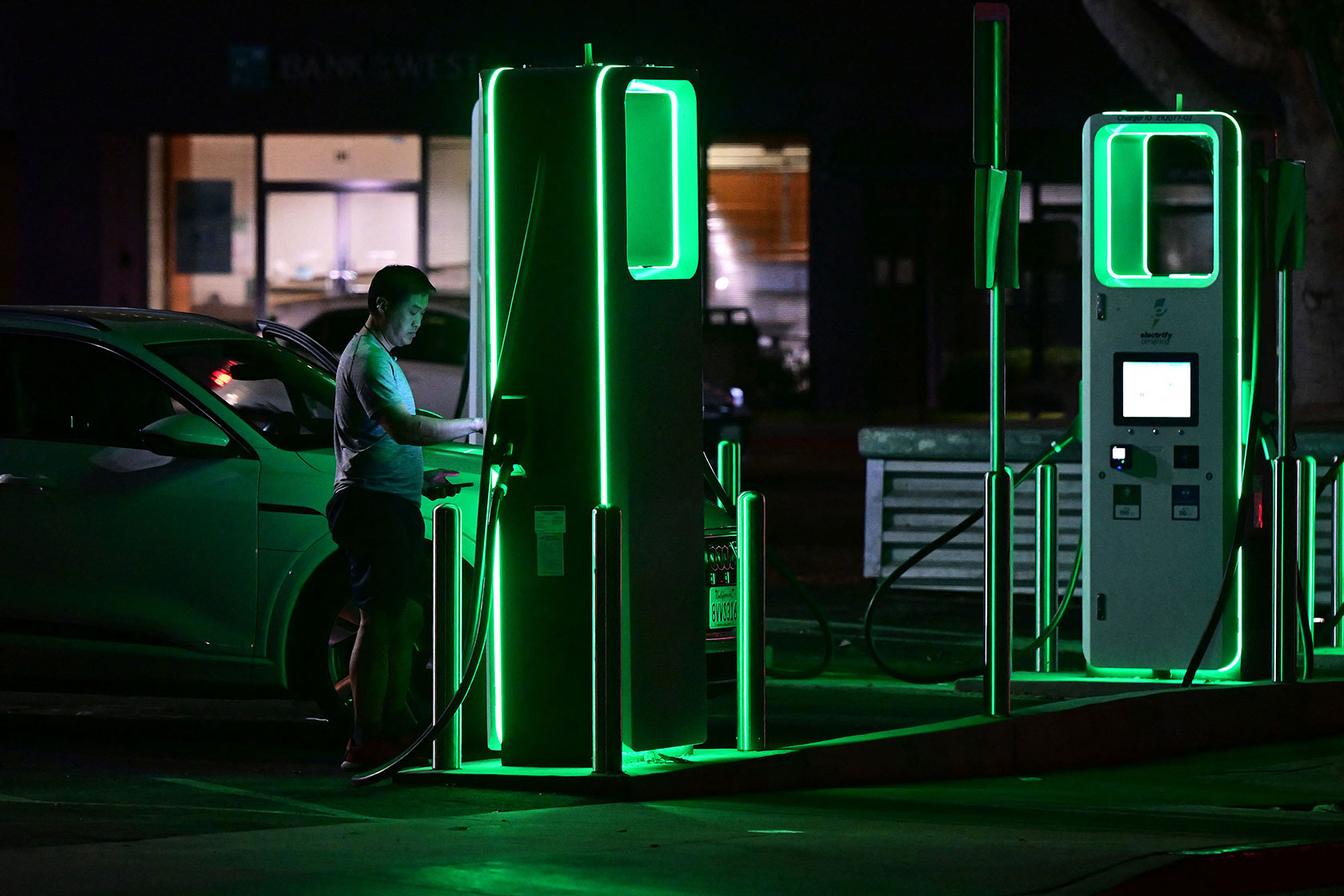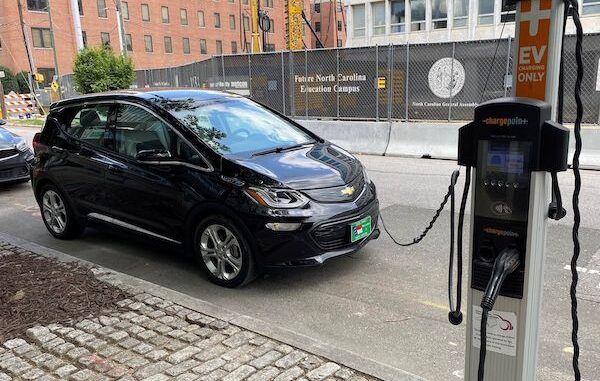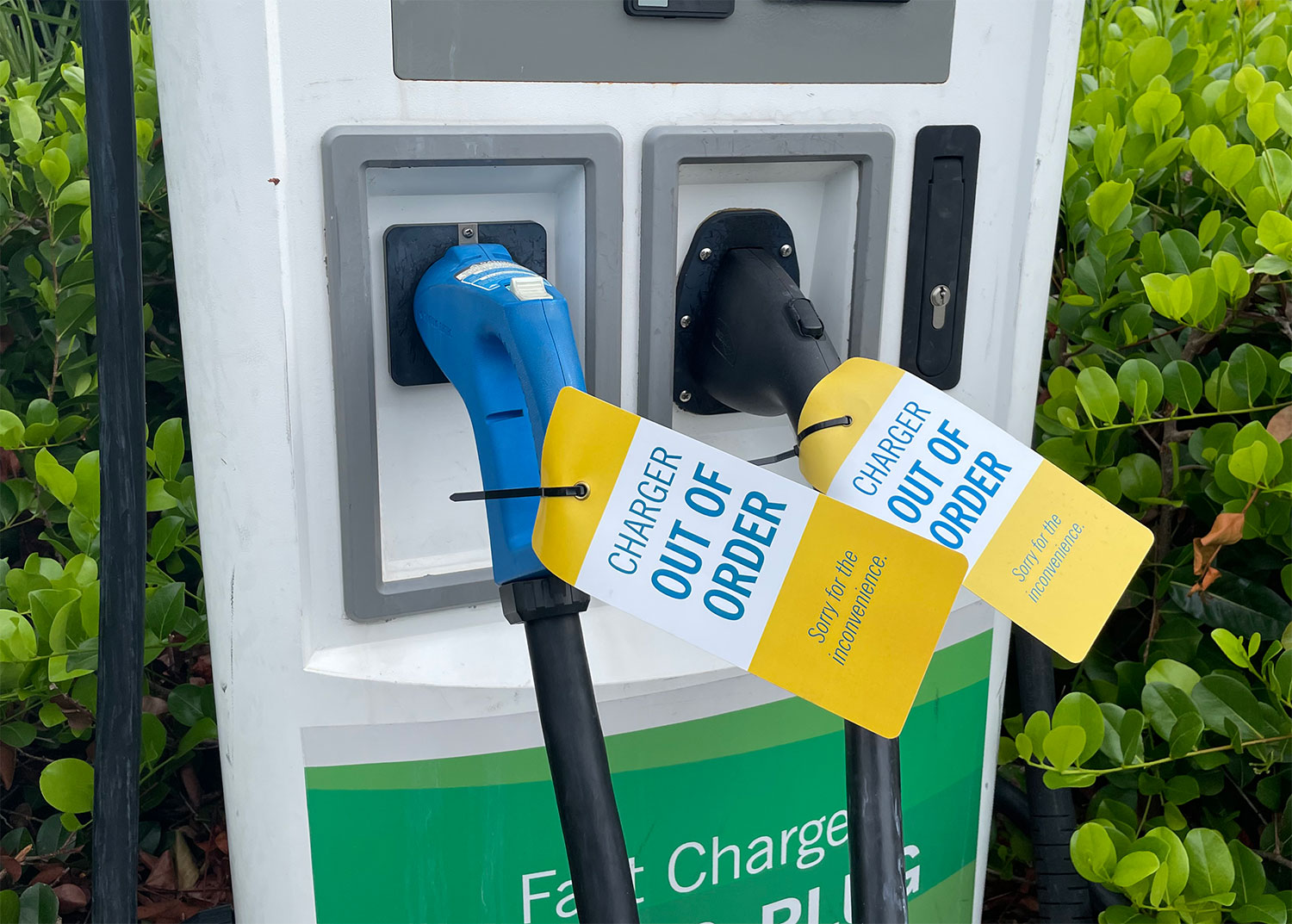Latest Trends and Insights You Need to Know Before You Buy EV Charging news
Latest Trends and Insights You Need to Know Before You Buy EV Charging news
Blog Article
Leading EV Charging Information: Secret Updates on Facilities and Development

Recent Improvements in Fast-Charging Technology

In addition, developments in battery technology, including boosted thermal administration systems and higher power density batteries, complement fast-charging capabilities. These growths minimize the threat of battery destruction throughout fast charging, guaranteeing durability and efficiency for EV owners.
In addition, the assimilation of wise charging solutions is improving user experience, making it possible for real-time surveillance and dynamic rates designs. EV Charging news. This versatility enables vehicle drivers to maximize charging times and costs based upon grid need
As car manufacturers remain to invest in fast-charging networks, the cooperation between industry stakeholders is important. Collaborations between billing terminal service providers and auto makers are leading the way for comprehensive protection, inevitably promoting an extra robust EV ecological community. These advancements are pivotal in sustaining the change to sustainable transport.
Government Campaigns for Charging Development
Government efforts play a critical function in the expansion of electric automobile (EV) charging infrastructure, assisting in the transition to lasting transportation. Numerous government and state programs are being executed to improve billing ease of access, minimize the economic burden on consumers, and advertise the adoption of electric lorries.
Notably, the U.S. federal government has assigned substantial financing via the Infrastructure Investment and Jobs Act, which sets aside $7.5 billion for EV charging network development across the country. This funding is focused on deploying thousands of new charging stations, especially in underserved areas, consequently addressing array stress and anxiety amongst possible EV customers.
Furthermore, countless states are establishing regulations to streamline the allowing procedure for billing station setups, which is critical for speeding up deployment. Incentives such as tax credits and rebates for both consumers and businesses are also being presented to motivate the installation of billing framework.
Additionally, public-private partnerships are significantly coming to be a focus, leveraging private financial investment to match government funding. These efforts underscore a joint strategy necessary for developing a efficient and extensive EV charging network, inevitably adding to a greener and even more lasting future.
Cutting-edge Battery Solutions Enhancing Effectiveness
Changing the landscape of electrical vehicle (EV) innovation, cutting-edge battery remedies are substantially improving performance and performance. Developments in battery chemistry, particularly with lithium-sulfur and solid-state batteries, are causing increased energy density, which enables longer arrays and faster charging times. These new battery kinds have the potential to outshine standard lithium-ion batteries by offering greater capabilities while decreasing weight, thus boosting overall car performance.
Additionally, developments in battery management systems (BMS) are optimizing energy usage and expanding battery lifespan. Smart algorithms keep an eye on battery health and efficiency, allowing real-time modifications to charging and releasing processes. This not only boosts the performance of the battery yet additionally makes certain a more trustworthy and lasting energy resource for EVs.
Additionally, the assimilation of reusing modern technologies is dealing with the environmental effect of battery manufacturing and disposal. Technologies in second-life have a peek at this website applications for EV batteries are facilitating their usage in power storage space systems, contributing to a circular economy.
As these cutting-edge battery remedies remain to develop, they guarantee to transform the EV market, making electric vehicles a lot more attractive and easily accessible to a broader target market while sustaining worldwide sustainability objectives.

Partnership In Between Automakers and Charging Networks
Acknowledging the important requirement for a durable billing facilities, automakers are significantly collaborating with charging network service providers to improve the EV possession experience (EV Charging news). These collaborations aim to produce a seamless billing community that profits customers and supports the transition to electric lorries
Significant automobile brands are signing up with pressures with well established charging networks to increase their billing station protection, ensuring motorists have accessibility to practical and reputable billing alternatives. Partnerships with networks like ChargePoint and Electrify America enable car manufacturers to incorporate billing services straight into their vehicles' navigation systems, guiding customers to the nearby terminals and offering real-time schedule updates.
In addition, these cooperations commonly cause the advancement of fast-charging modern technologies that dramatically reduce the time required to recharge an EV. By pooling sources and competence, car manufacturers and billing networks can innovate quicker, developing remedies that satisfy the expanding need for electrical wheelchair.
Furthermore, joint efforts may also cause even more standard billing methods, which can relieve consumer confusion and advertise broader EV fostering. In general, these critical partnerships are pivotal in building a efficient and straightforward charging facilities that fulfills the needs of a broadening electrical automobile market.
Obstacles Facing EV Billing Facilities
As the electrical vehicle market continues to grow, several obstacles are link surfacing that prevent the advancement of an extensive billing framework. Among the key challenges is the not enough variety of billing stations, particularly in underserved and rural metropolitan areas. This void produces array anxiety amongst possible EV customers, discouraging them from making the switch.
In addition, the lack of standardization in charging innovation makes complex the facilities landscape. Variations in plug types and charging rates can develop complication for individuals and increase operational complexities for charging network drivers.
Another pushing problem is the high cost connected with the installment and upkeep of billing terminals, which can be an obstacle for both exclusive services and public entities. Ultimately, regulative obstacles and zoning constraints can delay the implementation of charging framework, hampering progress in increasing crucial services. Dealing with these difficulties will be essential for cultivating a durable EV ecosystem that supports the shift to sustainable transport.
Final Thought
Finally, the continuous innovations in EV billing technology, supported by substantial federal government efforts you can try this out and ingenious battery options, are critical for the development and effectiveness of electrical car framework. Collaborations between car manufacturers and charging companies additionally boost station protection, attending to the expanding need for obtainable billing choices. Despite challenges that linger within the EV billing landscape, these developments indicate a positive trajectory in the direction of a more sustainable and reliable electrical car community.
Advancements in billing framework have led to the growth of ultra-fast chargers qualified of supplying up to 350 kW of power, substantially decreasing billing times. Variations in plug kinds and charging speeds can develop complication for customers and enhance operational intricacies for billing network operators.In final thought, the continuous advancements in EV charging technology, supported by considerable government initiatives and innovative battery options, are critical for the growth and effectiveness of electric automobile facilities. Partnerships between automakers and billing companies even more enhance station coverage, dealing with the expanding demand for obtainable billing alternatives. In spite of difficulties that persist within the EV billing landscape, these growths symbolize a favorable trajectory in the direction of a more lasting and reliable electrical car environment.
Report this page